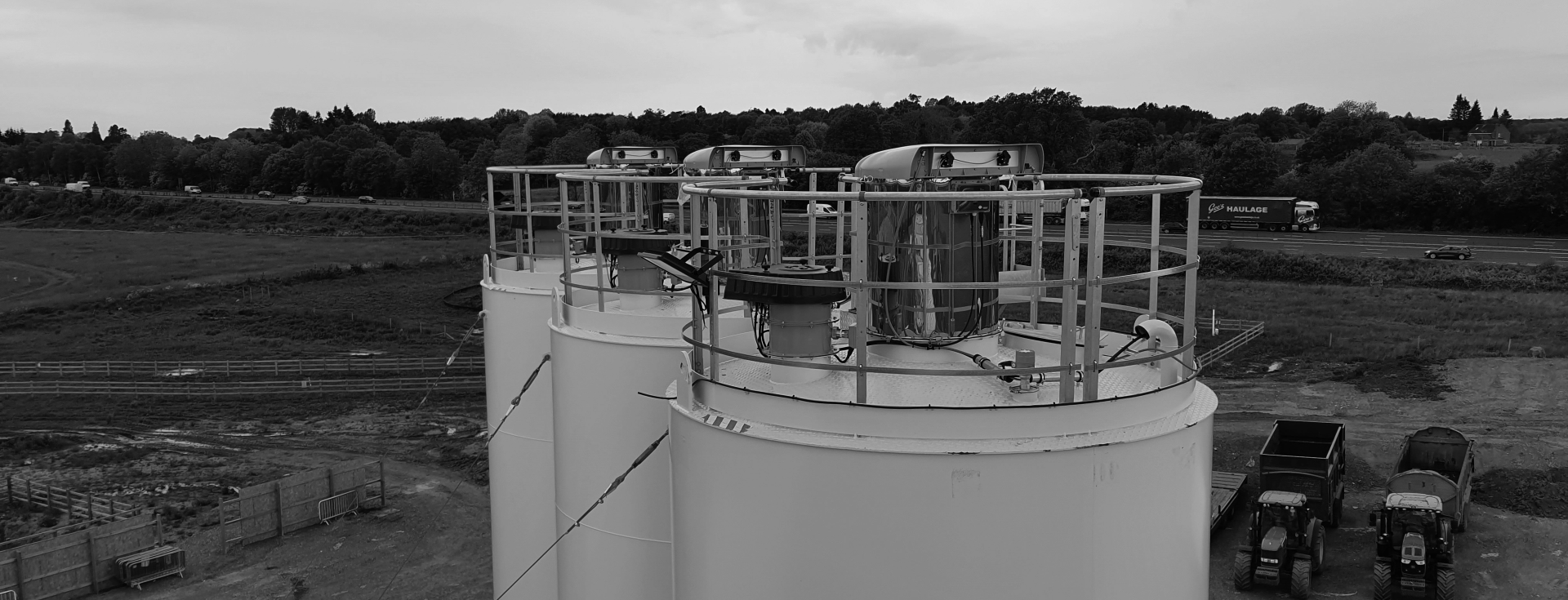Ground Level Testing
MPA (Mineral Products Association) guidelines state that pressure relief valves (PRVs) should be tested to ensure they will operate at the correct pressure. Historically this has not been possible unless the PRV were to be removed from the silo, which has never been practical. The same has been true of the critical pressure sensor - without removing it from the silo it could not have been tested, so it was never deemed practicable to test its operation fully. Additionally, staff members would be exposed to additional risks through having to climb to the top of high silos regularly. This combination of problems has led to silo-top safety equipment maintenance largely being ignored.
The entire system is reviewed in just six seconds, and functionality must be confirmed before allowing filling. If any component is not functioning correctly, the system will alert the user, and the valve will not open – it’s that simple.
Testing is an essential part of a maintenance programme. Still, it has often been ignored by staff as it is time-consuming, or it has not been practical in the past to test properly. With a GLT-based Hycontrol silo protection system, a silo cannot be filled without a full test operation. Testing of the safety equipment is strongly recommended in the latest MPA guidelines to prevent over-pressurisation of silos during the delivery of powders.




